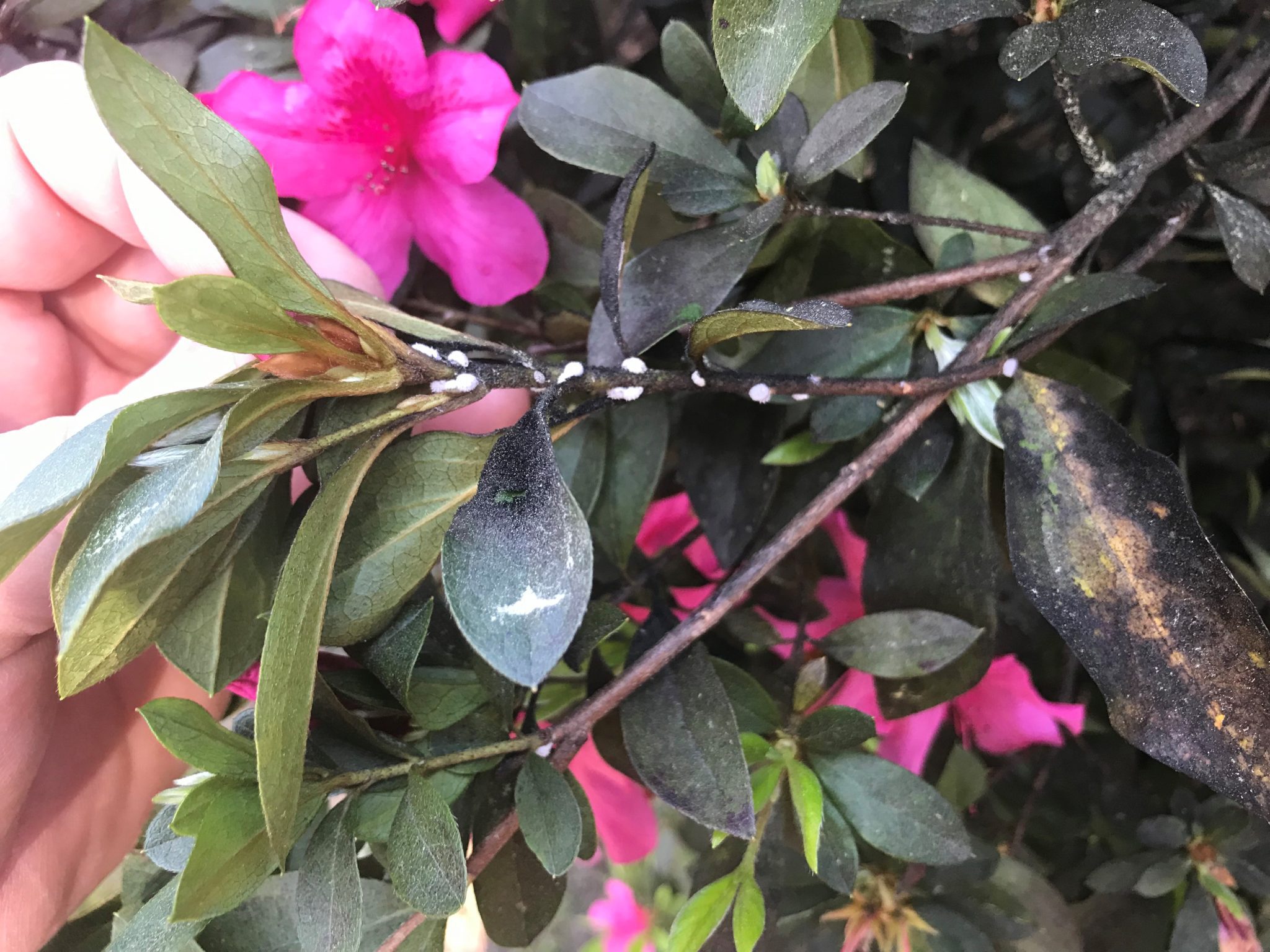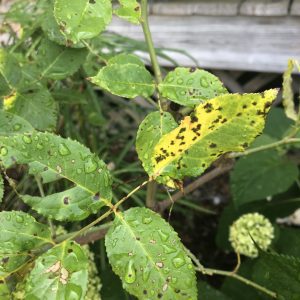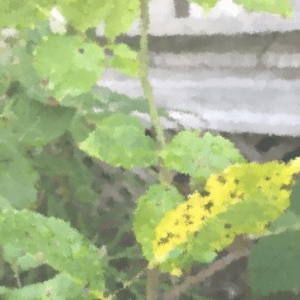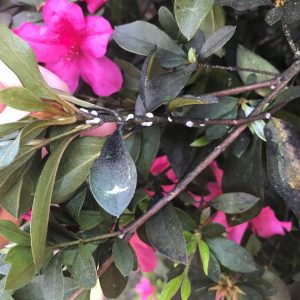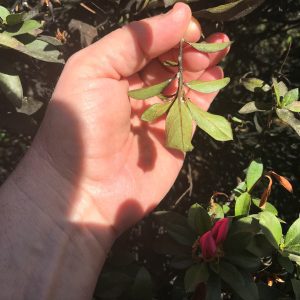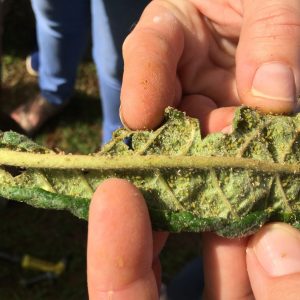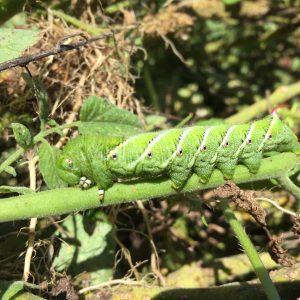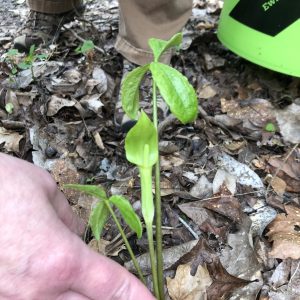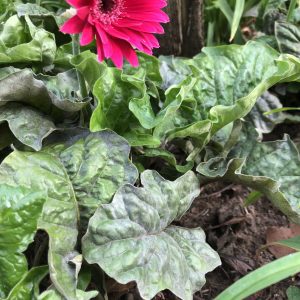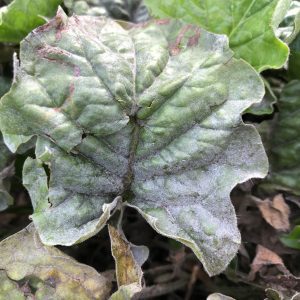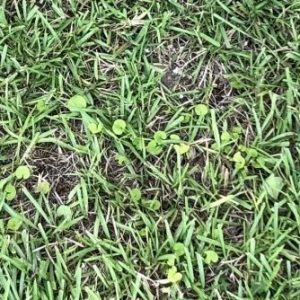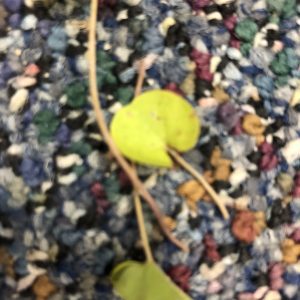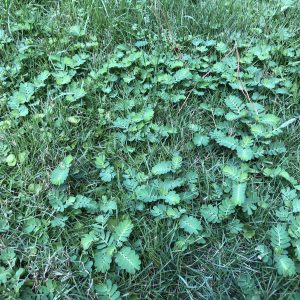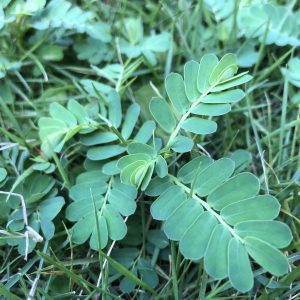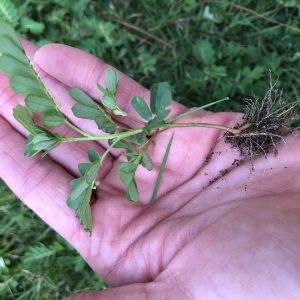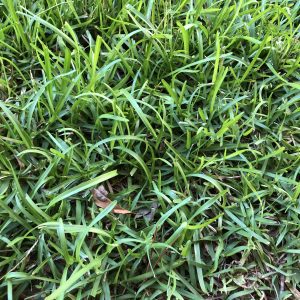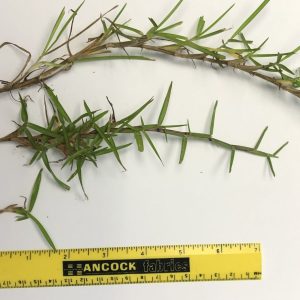Landscaping

Your county Extension office can help you identify plants and pests located in the landscape. All that may be needed is a good-quality photo that meets the following criteria.
Materials Needed
- Sample of a plant or plants to be identified or diagnosed
- Digital camera (a cell phone or tablet works well)
- Item for scale (hand, coin, dollar bill, measuring tape, ruler, etc.)
- Background (hand, concrete, white paper, paper towel, etc.)
Photography Tips with Examples
Focus: Make sure that the autofocus is centered on the most important area of the sample.
Scope: Be sure that your photo is of the entire area. This can help Extension better understand the problem.
Details: Include the whole plant as well as middle distance and close-up photos.
Progression: If possible, show a progression of the problem from moderate to severe symptoms.
Insects: Try to capture details of pest wings, legs, and antenna. Show side, top, and bottom views if possible.
Trees: Photograph as much of a tree as possible— from the whole tree to close-up. Tree problem diagnosis presents a special challenge.
- Figure 1. Clear image of plant
- Figure 2. Blurred image of plant
- Figure 3. Azalea photo taken from one angle.
- Figure 4. Azalea photo taken from a different angle.
Preparing Sample for Photographing
- Isolate the plant of interest. Ideal photos include only one plant rather than a group of plants.
- Rinse the sample clean of soil, mud, or sand.
- Place the sample on the selected background.
- Add the chosen item for scale.
- For a landscape plant, leave it intact in the landscape if all parts of the plant are visible and allow acceptable closeup photos.
- For a grass identification (figures 15 and 16):
- Follow steps 1 through 4.
- Make sure to examine plant parts: growth habit, root system, seed-head, and leaf characteristics (sheath, ligule).
- Include multiple photos from different angles of the plant in question.
INSECT PEST IDENTIFICATION
- Figure 5. Underside of a loquat (Eriobotrya japonica) leaf with aphid species
Acceptable submission. Photo attributes:
- Focus: Clear and in focus
- Scope: Includes plant detail (entire underside of leaf) and scale (hand)
- Figure 6. Tobacco hornworm (Manduca sexta) on tomato plant.
Acceptable submission. Photo attributes:
- Focus: Clear and in focus
- Scope: Lacks scale item for reference and entire plant damage
- Detail: Includes entire insect with some plant detail
PLANT IDENTIFICATION
- Figure 7. Jack-in-the-pulpit (Arisaema triphyllum)
Excellent submission. Photo attributes:
- Focus: Clear image
- Scope: Entire plant, including background and scale (hand)
- Details: Contains plant, leaf, and flower
PLANT DISEASE IDENTIFICATION
- Figure 8. Gerbera daisy (Gerbera jamesonii) with powdery mildew (Erysiphe cichoracearum)
- Figure 9. Close-up of gerbera daisy (Gerbera jamesonii) with powdery mildew (Erysiphe cichoracearum)
Excellent submission. Photo attributes:
- Focus: Clear
- Scope: Entire planting
- Details: Plant and individual leaf
LAWN WEED IDENTIFICATION
- Figure 10. Unidentifiable weed among turf.
- Figure 11. Image of weed is blurred against a busy background.
Poor submission. Photo attributes:
- Focus: Blurred
- Scope: Camera too far from entire planting
- Details: Lacks clear picture of the specimen to be identified
- Figure 12. Chamberbitter (Phyllanthus urinaria)
- Figure 13. Close-up of chamberbitter (Phyllanthus urinaria)
- Figure 14. Detailed photo of chamberbitter (Phyllanthus urinaria)
Excellent submission. Photo attributes:
- Focus: Clear
- Scope: Entire planting
- Details: Established lawn and individual specimen
- Progression: Demonstrates as it would appear in the lawn
TURF SPECIES IDENTIFICATION
- Figure 15. Centipedegrass (Eremochloa ophiuroides)
- Figure 16. Close-up of centipedegrass (Eremochloa ophiuroides)
Excellent submission. Photo attributes:
- Focus: Clear
- Scope: Isolated turf species
- Details: Established lawn and individual specimen includes detail of leaf blade and stolen
- Progression: Demonstrates as it would appear on the lawn
Submitting the Sample Photographs
Photos may be submitted electronically to your county Extension office for identification and control recommendations. Contact information is available on the Alabama Extension website at www.aces.edu/directory.
 Lucy Edwards, Regional Extension Agent, Home Grounds, Gardens, and Home Pests, and Jim Jacobi, Extension Specialist, Commercial Horticulture and Home Grounds, Gardens, and Home Pests, both with Auburn University
Lucy Edwards, Regional Extension Agent, Home Grounds, Gardens, and Home Pests, and Jim Jacobi, Extension Specialist, Commercial Horticulture and Home Grounds, Gardens, and Home Pests, both with Auburn University
New April 2022, Photo Submission Guide for Ornamental Plant & Pest Identification, ANR-2881

